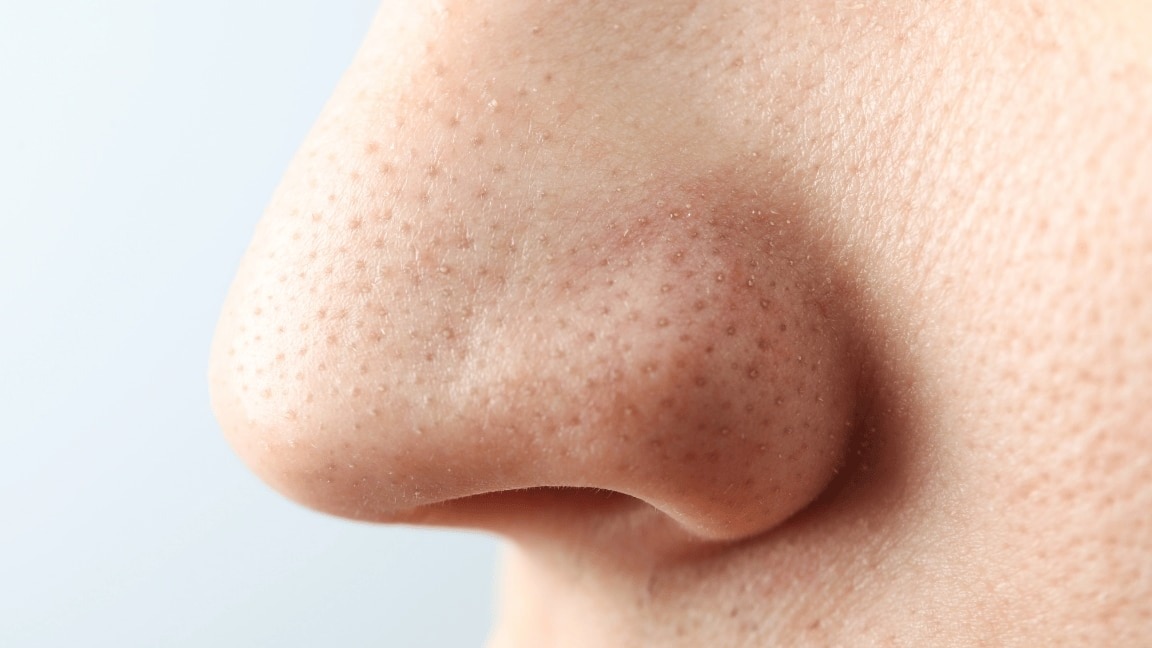If you are not familiar with tackling blackheads, consider yourselves lucky! For us mere mortals, the war against stubborn blackheads is never-ending. It seems as if no matter what we do, they manage to stay on our faces and surprise us by springing up in places we hadn't even noticed before.One effective way to combat them is by using a homemade scrub for blackheads, which helps to exfoliate the skin and unclog pores naturally. With regular use, a good homemade scrub can reduce blackheads and prevent new ones from forming, making the battle a little easier.
01What causes blackheads
Think of blackheads as a form of acne. They are small bumps that are formed due to clogged hair follicles. We all have pores that get clogged owing to a combination of dead skin cells, excess oil and bacteria. When this debris gets pushed onto the surface of the skin, it oxidises when exposed to air and rapidly turns black, and the result is known as a blackhead. While most commonly occurring on the nose, blackheads can also appear on the arms, shoulders, back, chest and neck. Several other factors can increase your chances of developing blackheads, such as producing too much body oil, irritation of hair follicles when dead skin cells don't shed regularly, and hormonal changes that lead to an increase in oil production.
02How to remove blackheads naturally
Stubborn as they may be, blackheads can be removed. While there are countless in-salon services and nose strips available in the market to remove blackheads, using a homemade scrub for blackheads is an effective and natural way to keep your skin clear. . Here are a few homemade face scrubs for blackheads that are way cheaper and equally effective, so try these the next time!
1. Sugar and coconut oil scrub
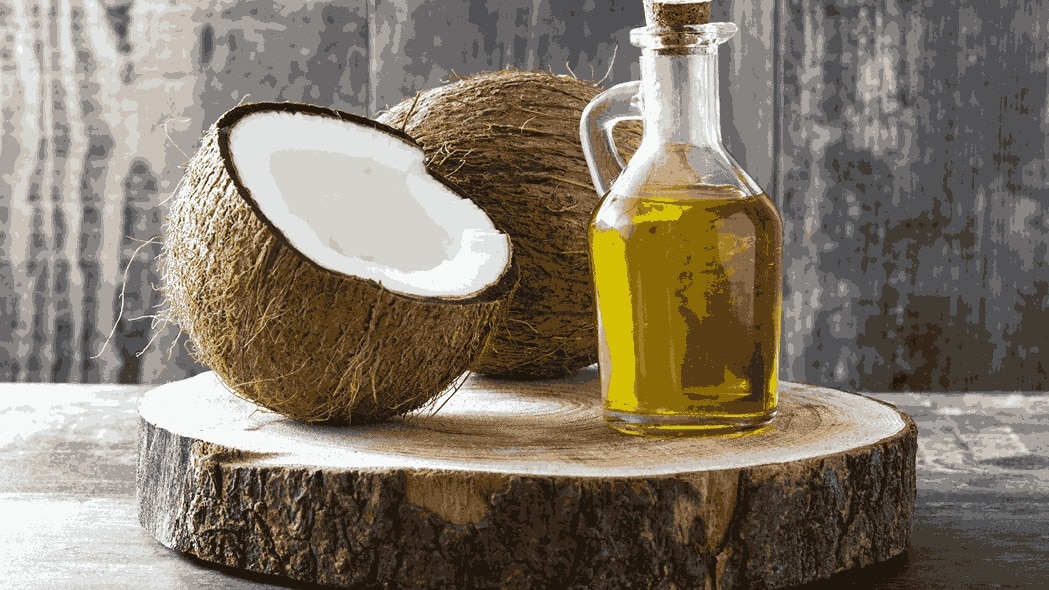
If you're looking for a natural scrub for blackheads coconut oil is here to the rescue once again! This superfood for skin contains anti-inflammatory and antibacterial properties that keep the skin soothed and supple. On the other hand, sugar is an excellent exfoliating agent that helps clear the clogged pores on the skin and removes dead skin cells. When used together, these ingredients clear the skin of blackheads and nourish it as well.
How to make it?
Mix two tablespoons of cinnamon powder with the same quantity of lemon juice to make a smooth paste. Leave this homemade scrub for blackheads on your face for 20 minutes and then rinse off with lukewarm water.
2. Oatmeal and yogurt scrub
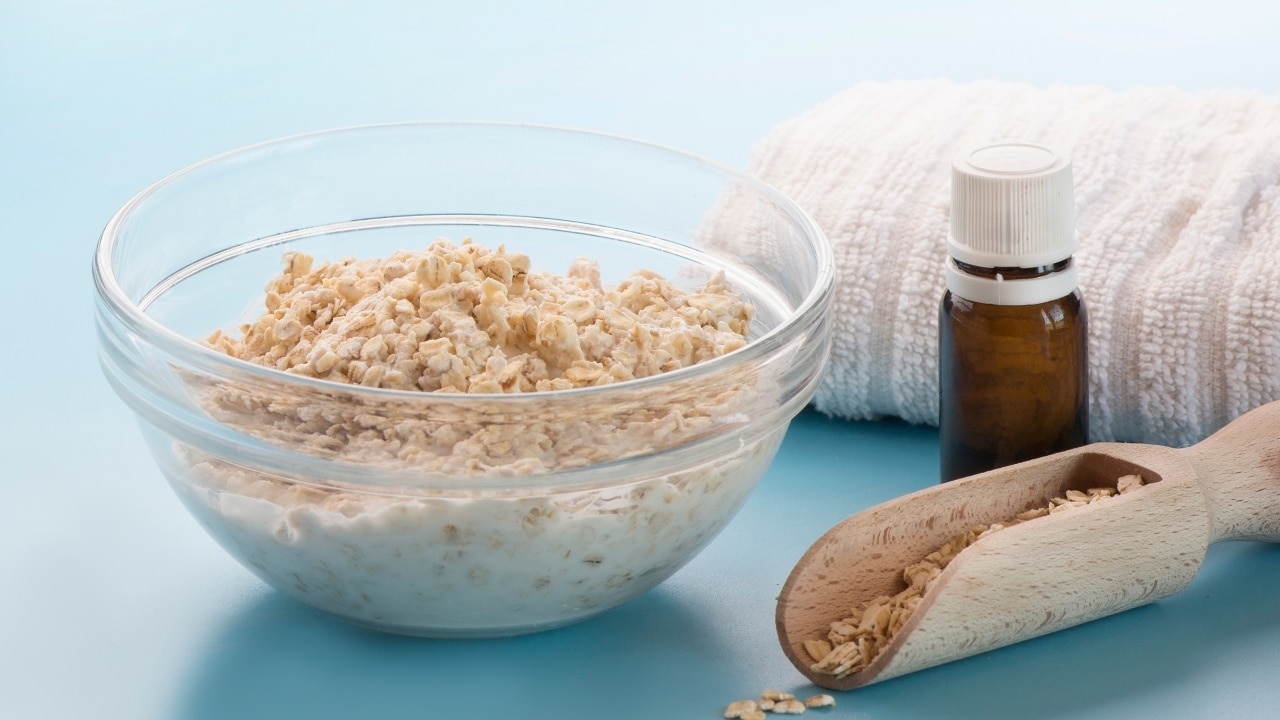
Oatmeal and yogurt are loaded with nutrients, and when combined, they form a nourishing homemade face scrub for blackheads. Oatmeal has this wonderful property of absorbing excess oil that accumulates on the face, thus helping prevent blackheads. Yogurt wonderfully nourishes and hydrates the skin with the help of probiotic enzymes. A spoon of orange peel powder is also used in this scrub, which kills the germs that clog the pores.
How to make it?
Mix two tablespoons of cinnamon powder with the same quantity of lemon juice to make a smooth paste. Leave this homemade scrub for blackheads on your face for 20 minutes and then rinse off with lukewarm water.
3. Raw honey scrub
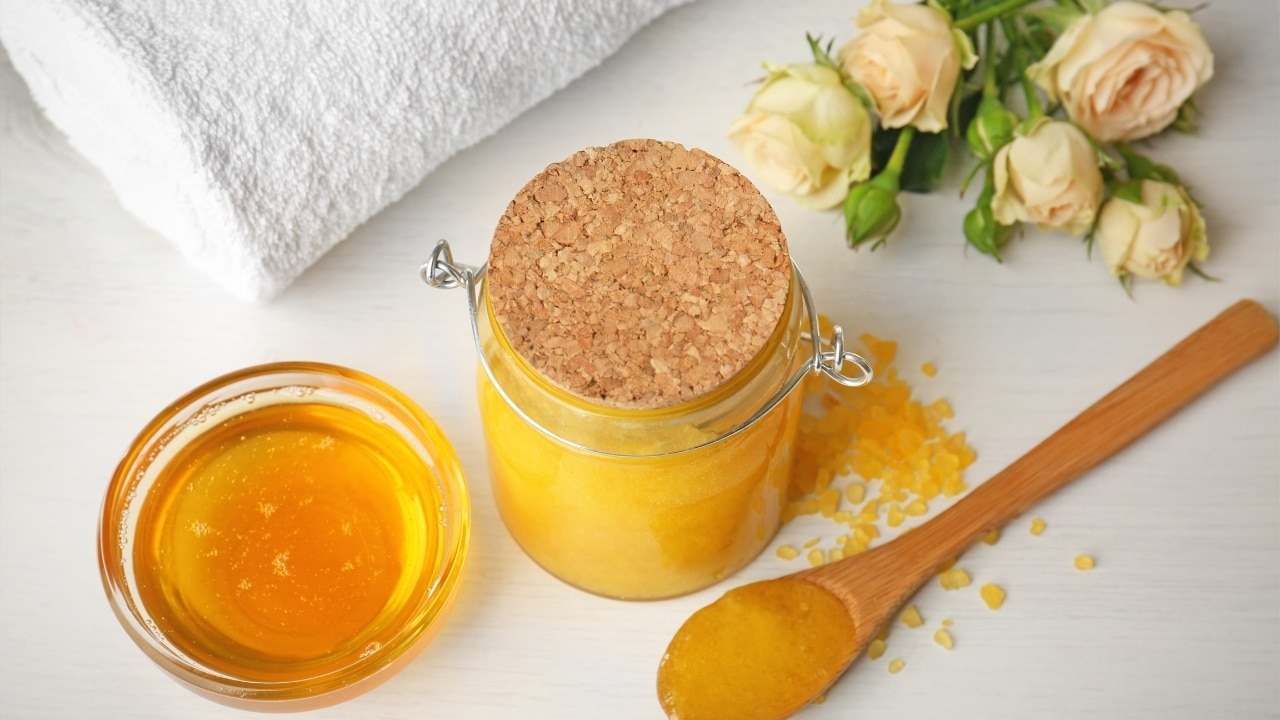
As you might be aware, this beautiful golden liquid is not only good for your health, but also works wonderfully when applied on the skin. Honey exfoliates and hydrates the skin. But did you know it also helps remove blackheads and whiteheads on the skin? By exfoliating the skin, nourishing it and getting rid of blackheads, this homemade scrub for blackheads prepared using honey is the perfect way to pamper your skin.
How to make it?
Mix two tablespoons of cinnamon powder with the same quantity of lemon juice to make a smooth paste. Leave this homemade scrub for blackheads on your face for 20 minutes and then rinse off with lukewarm water.
4. Salt and lemon scrub
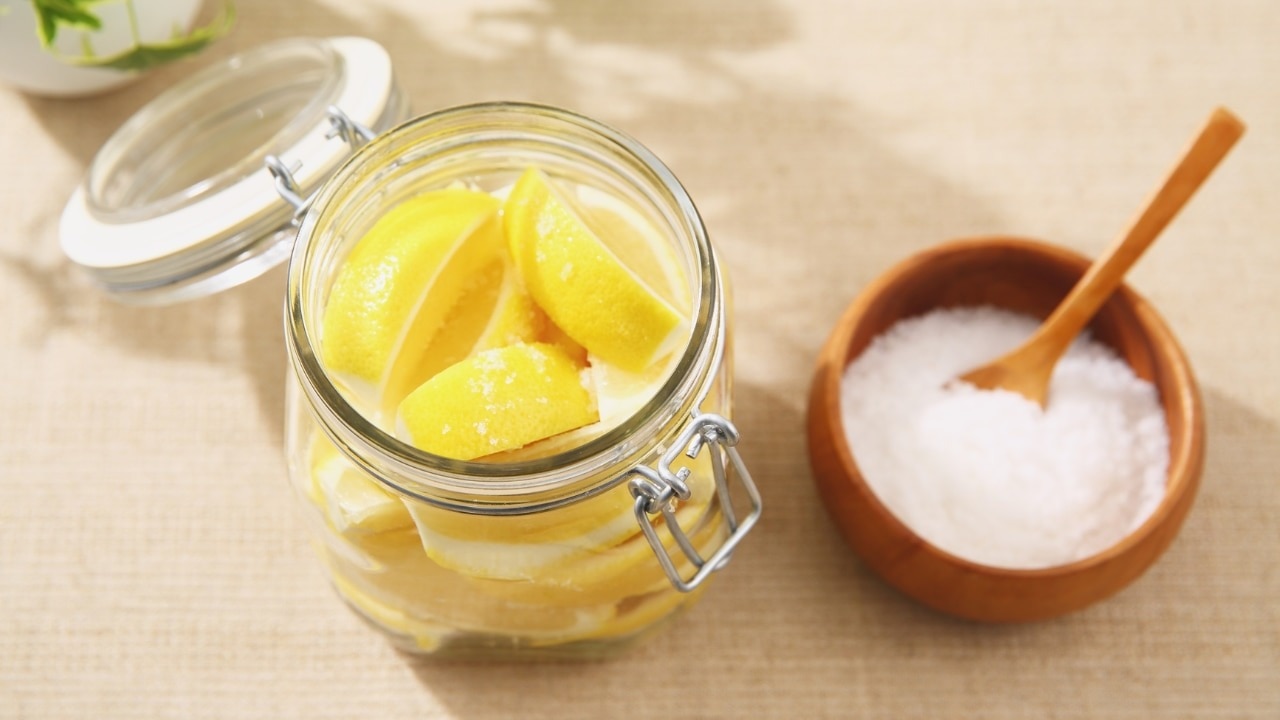
This homemade scrub for blackheads is an incredible mixture of vitamin C and the goodness of salt. While salt removes blackheads easily, lemon juice exfoliates the skin and helps deal with clogged pores and excessive oil accumulation on the skin.
How to make it?
Mix two tablespoons of cinnamon powder with the same quantity of lemon juice to make a smooth paste. Leave this homemade scrub for blackheads on your face for 20 minutes and then rinse off with lukewarm water.
5. Masoor dal and milk scrub
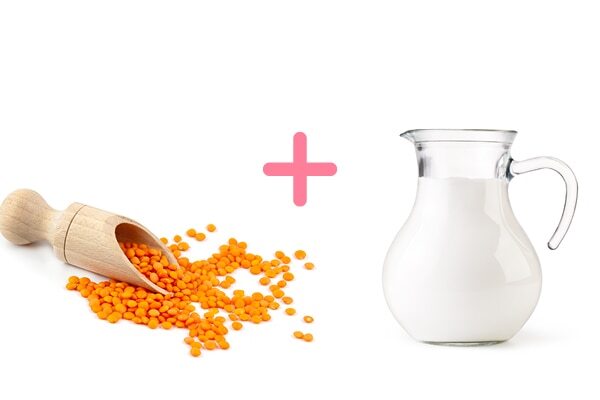
Yes, you read that right. This homemade scrub for blackheads uses masoor dal as an ingredient. Red lentils and milk are both beneficial for people with sensitive skin. While the milk nourishes and hydrates the skin deeply, masoor dal averts the formation of blackheads on the face.
How to make it?
Mix two tablespoons of cinnamon powder with the same quantity of lemon juice to make a smooth paste. Leave this homemade scrub for blackheads on your face for 20 minutes and then rinse off with lukewarm water.
6. Brown sugar and cucumber scrub
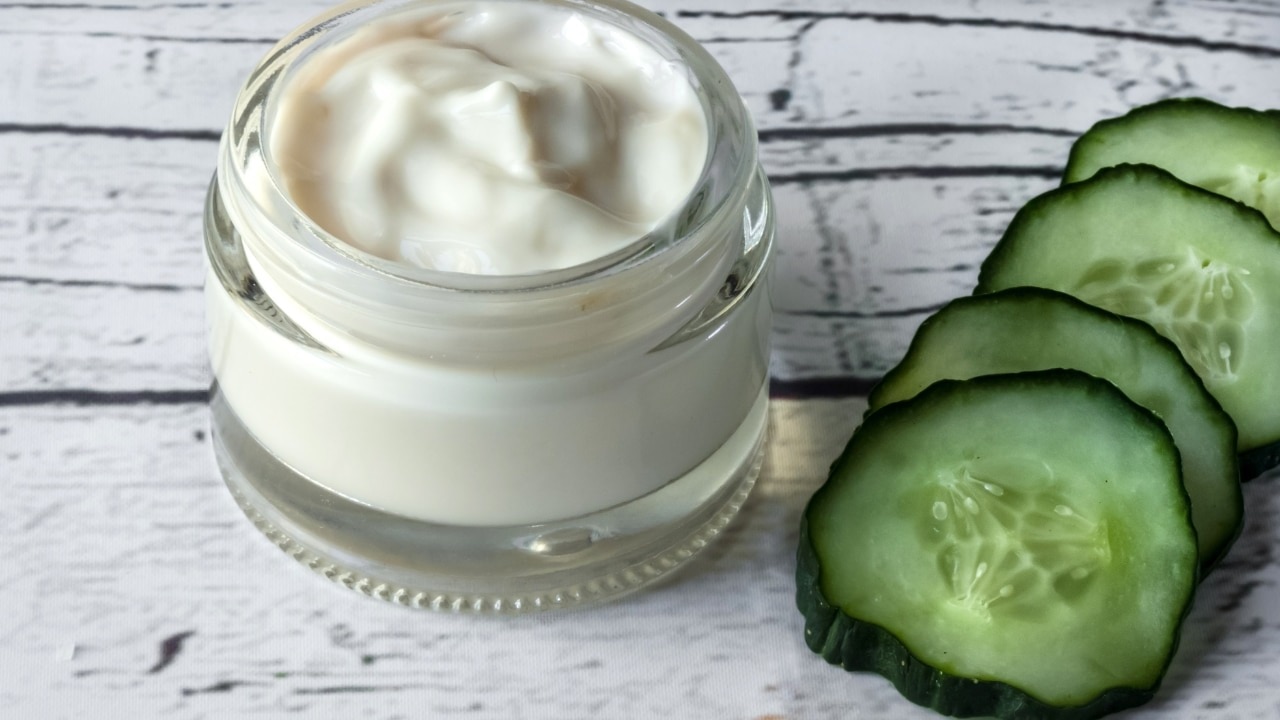
An excellent natural exfoliator, brown sugar helps exfoliate your skin deeply, thus treating blackheads and whiteheads. Cucumber hydrates the skin and aids acne-prone skin. Thus, this homemade scrub for blackheads can be used for both blackheads and acne.
How to make it?
Mix two tablespoons of cinnamon powder with the same quantity of lemon juice to make a smooth paste. Leave this homemade scrub for blackheads on your face for 20 minutes and then rinse off with lukewarm water.
7. Baking soda and lemon scrub
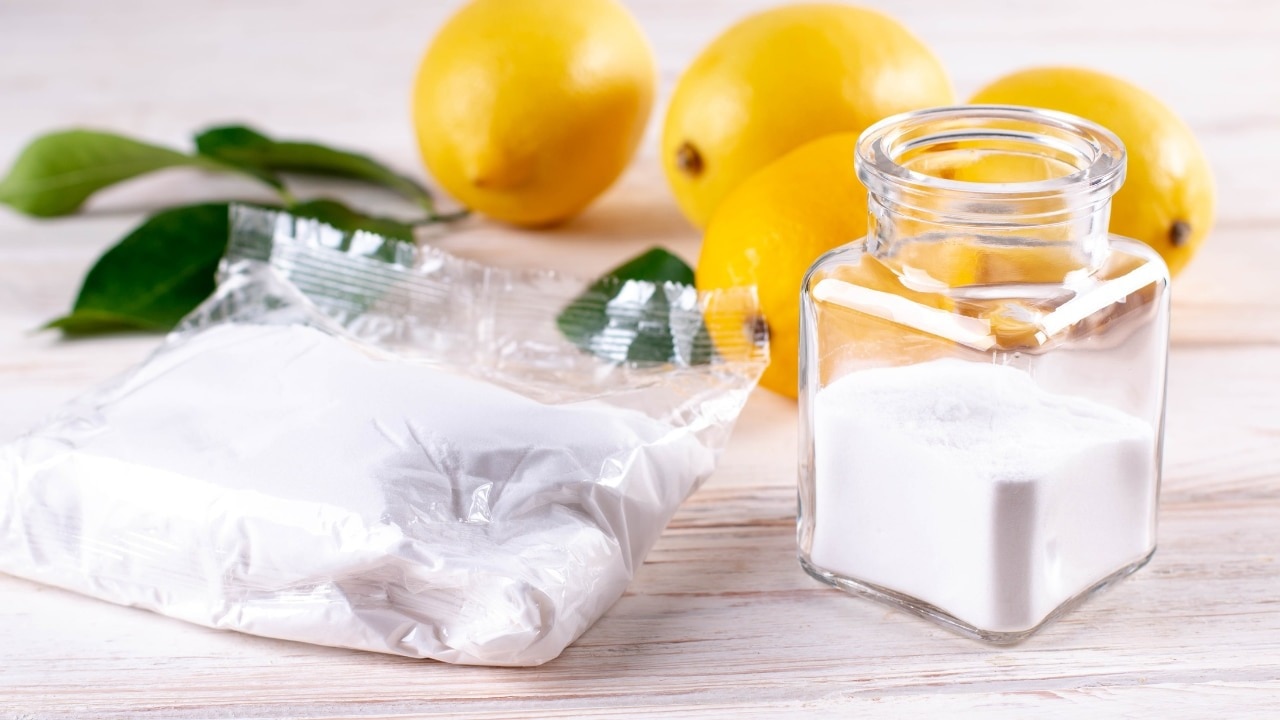
A natural exfoliator, baking soda gets rid of dead skin cells making it a powerful facial scrub for blackheads. Vitamin-rich lemon on the other hand, helps open the clogged pores and tightens them, leaving very little scope for blackheads to find their way onto your skin. Thus, this is a highly effective homemade scrub for blackheads.
How to make it?
Mix two tablespoons of cinnamon powder with the same quantity of lemon juice to make a smooth paste. Leave this homemade scrub for blackheads on your face for 20 minutes and then rinse off with lukewarm water.
8. Green tea scrub
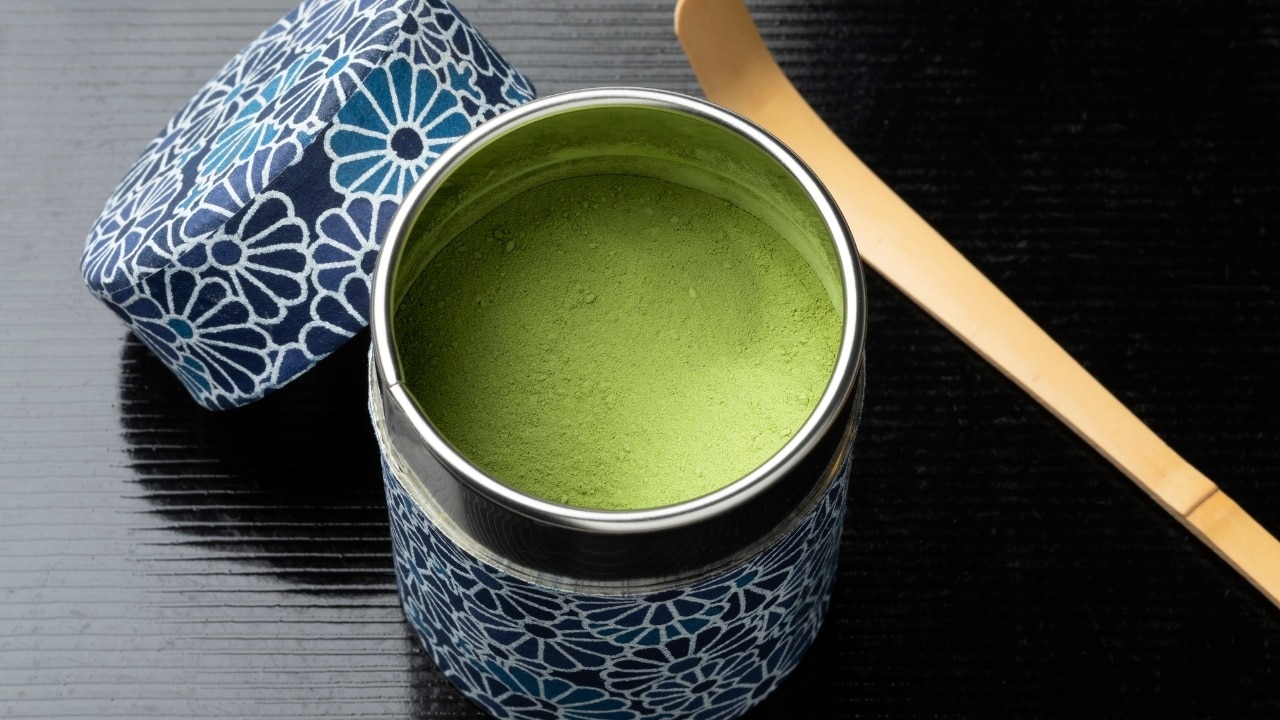
While green tea is a wonderful detox drink for your body, it is also an incredible detox ingredient for your skin. Rich in antioxidants, green tea keeps excess oil at bay, helps remove impurities, reduces inflammation and clears blackheads.
How to make it?
Mix two tablespoons of cinnamon powder with the same quantity of lemon juice to make a smooth paste. Leave this homemade scrub for blackheads on your face for 20 minutes and then rinse off with lukewarm water.
9. Cinnamon powder and lemon scrub
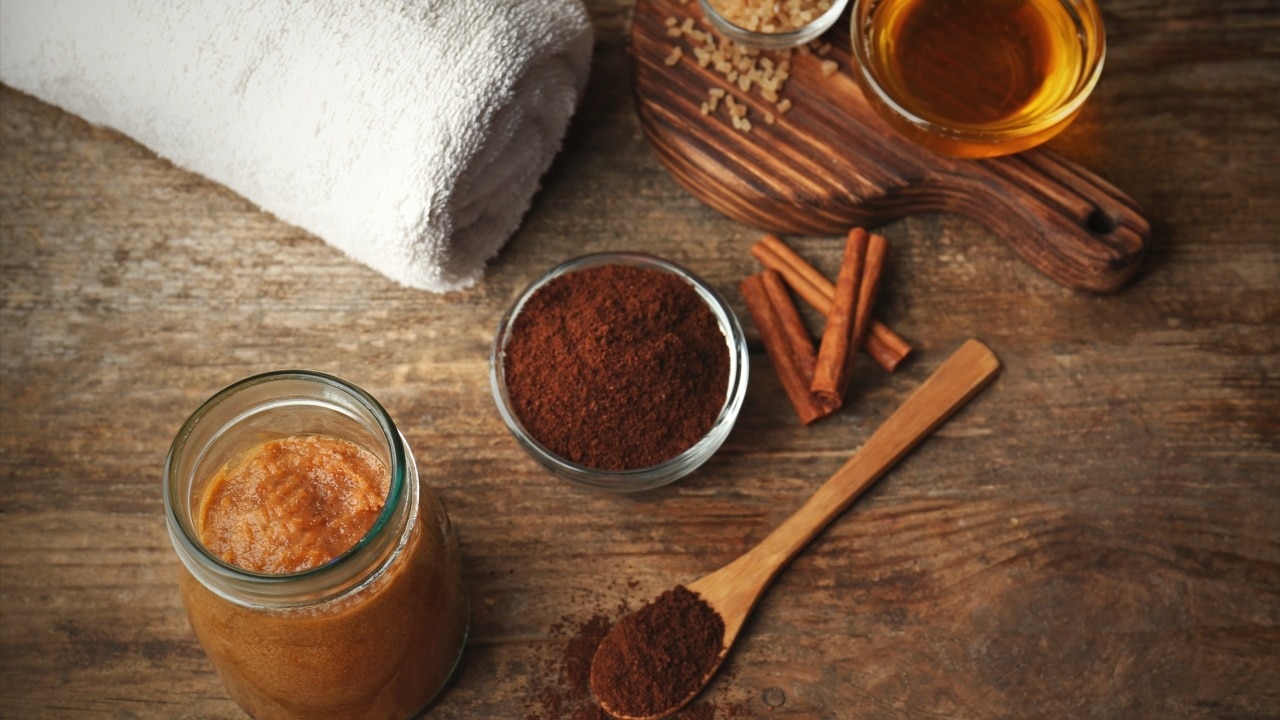
Cinnamon powder helps tighten pores and improves blood circulation. Lemon is that trusted ingredient that you can always count on, to help you in numerous ways! In this case, lemon fights blackheads, whiteheads and acne with its antibacterial properties, thus keeping the skin clear. Whether you choose a natural face scrub for blackheads like green tea or cinnamon powder & lemon, consistency is key.
How to make it?
Mix two tablespoons of cinnamon powder with the same quantity of lemon juice to make a smooth paste. Leave this homemade scrub for blackheads on your face for 20 minutes and then rinse off with lukewarm water.
03FAQs about face scrub for blackheads
Q. Can toothpaste remove blackheads?
A. No, toothpaste does not belong on the face! According to doctors, using toothpaste on the skin can cause dryness and irritation, so do not use it.
Q. Do blackheads go away on their own?
A. Like most forms of acne, blackheads can go away on their own, but they are very stubborn so it may take months or maybe even years. This happens due to our skin's natural renewal cycle. However, if some blackheads are tunneled deep into the skin, they are less likely to clear off on their own.
Q. What happens if you don’t remove blackheads?
A. If you do not remove blackheads, it may lead to irritation of the skin, which can create a breeding ground for bacteria inside the blackheads. Not removing blackheads also leads to bacteria getting trapped within them and spreading to the surrounding pores.
Q. Is popping blackheads on your nose bad?
A. Yes, popping blackheads is counterproductive as it may cause scarring and infection, and we are sure you don't want that!

